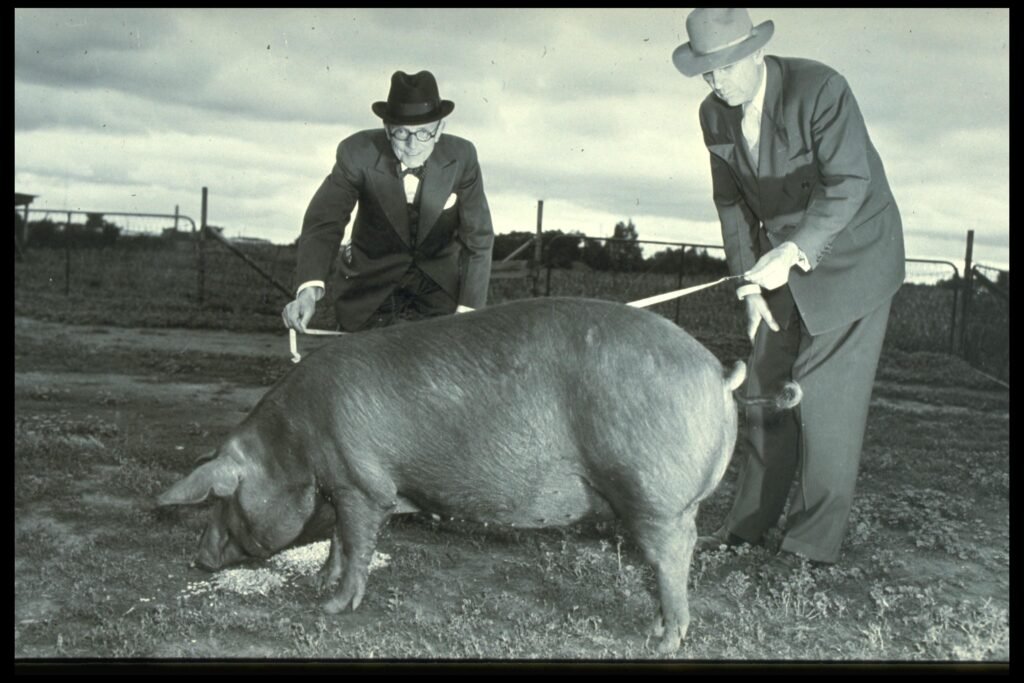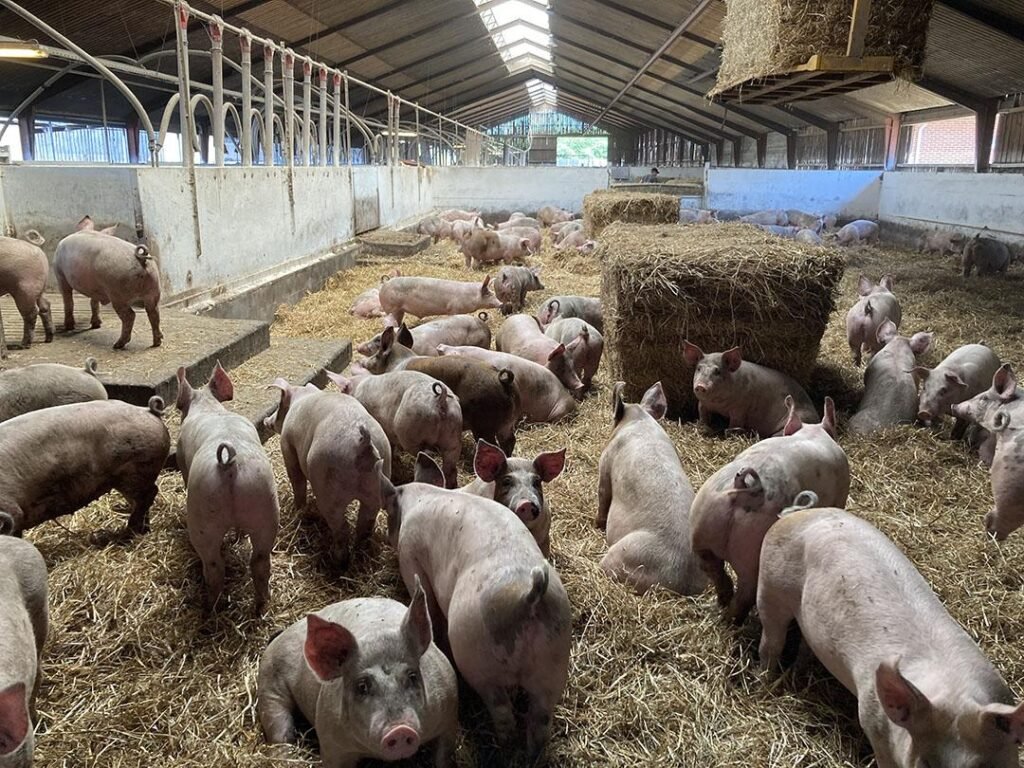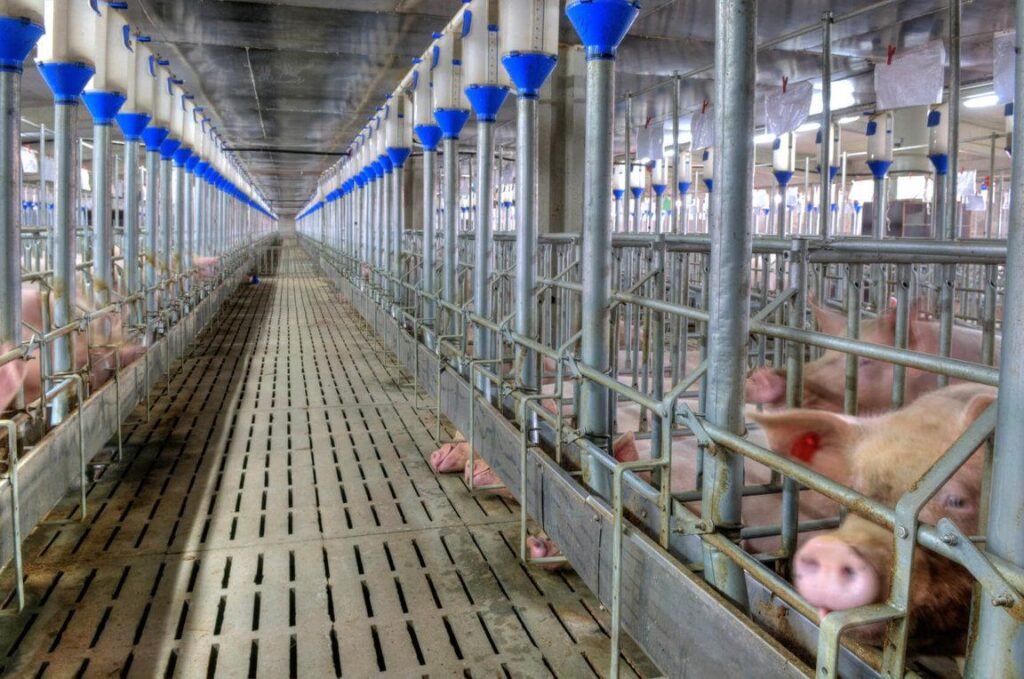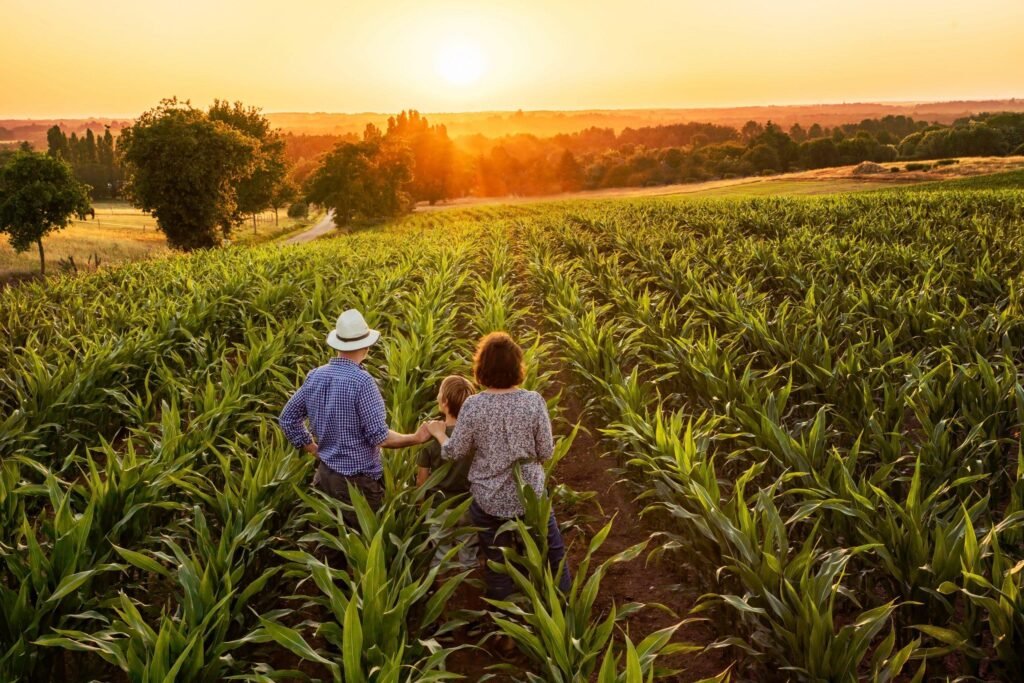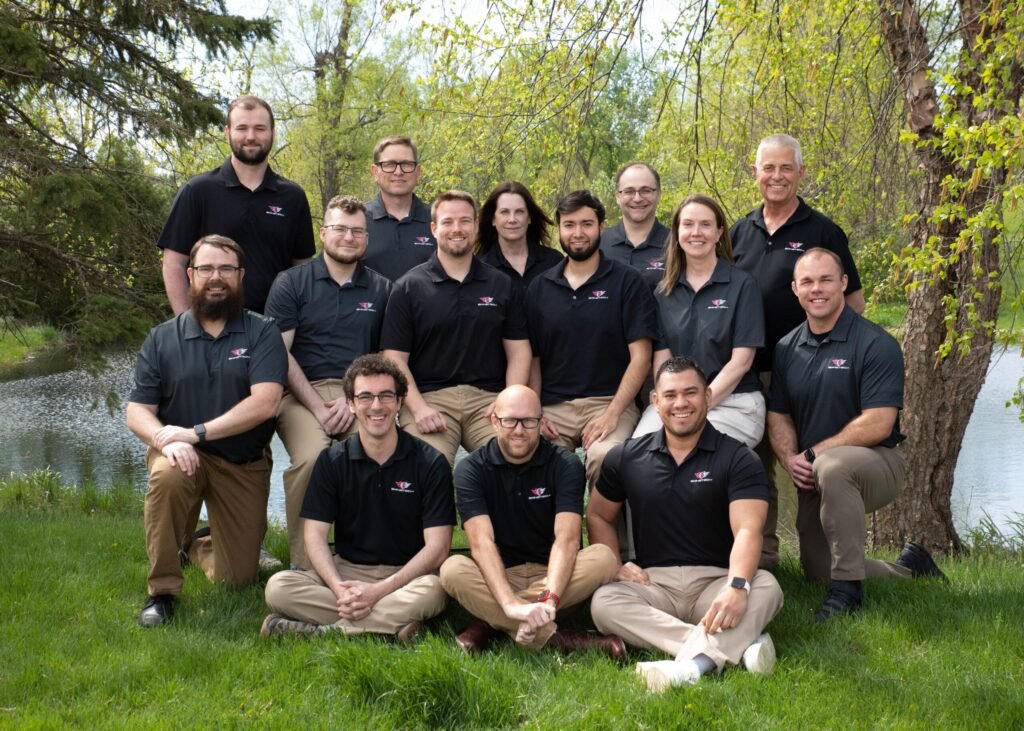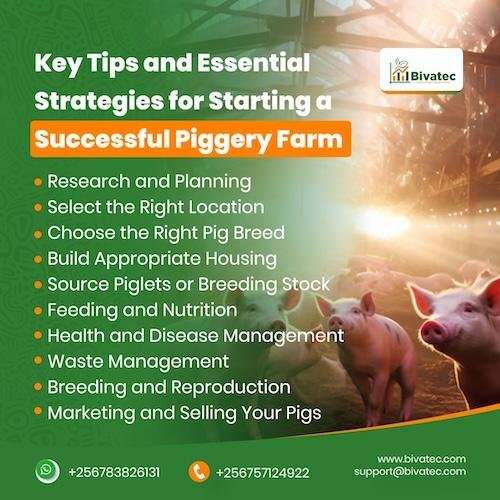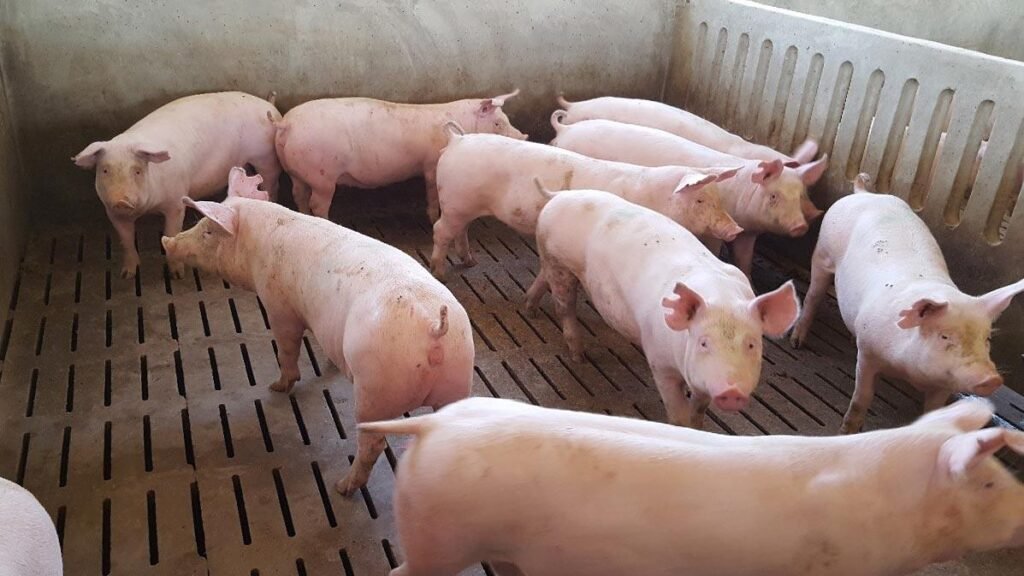Where Will Tomorrow’s Swine Farm Leaders Emerge From?
Leadership in swine farming is neither born solely from tradition nor unearthed inside a single classroom. In fact, the notion that the next generation of managers will spring exclusively—ripe and ready—from conventional farm backgrounds seems lately to have undergone a swift decline. New perspectives, carried from laboratories, computer labs, and even social platforms are becoming crucial aspects for driving the pork industry forward.
Throughout recent years, organizations like the National Pork Producers Council (NPPC) have invested significant trust—and resources—in cultivating tomorrow’s influencers. Their flagship initiative, the Pork Leadership Institute (PLI), doesn’t just recruit legacy farm kids; it draws in candidates with scientific training, entrepreneurial ambitions, and an eye for global agribusiness.
A walk around this year’s NPPC awards ceremony paints an eclectic picture: scholarship recipients studying genetics next to veterans whose hands recall countless winter mornings in farrowing barns. The current cohort includes undergraduates intent on sustainable production models as well as those dissecting data to detect disease outbreaks sooner than any supervisor glancing over fence rails ever could. Maybe you catch sight of a young woman transferring analytics skills honed during internships at tech startups right into livestock management—an unexpected bridge between glass towers and gestation crates.
The MN Pork Board has noticed these crosscurrents too. 2025’s Swine Manager of the Year honoree exemplifies a more communal style of leadership: “We”—not “I”—defines his philosophy toward farm management. Curiosity beats complacency; humility about what is yet unknown becomes central dogma rather than mere talking point.
“If you give pigs what they need,” he says with practical certainty unusual among award winners everywhere but Minnesota pig barns these days, “they’ll give you what you want in return.”
It’s tempting to imagine future leaders being laser-focused on one discipline—but real advances tend to unfurl where disparate fields meet by serendipity or necessity. Animal welfare specialists rub elbows with automation engineers while biosecurity watchdogs strategize side-by-side with sociologists wary about shifting consumer sentiments. Sometimes heated debates crackle over coffee refills about precision nutrition versus tried-and-tested rations—but these interchanges often yield odd but fruitful hybrids.
Swerving from genres of expertise offers more than mere optics: scholarship programs such as the Lois Britt Memorial continue championing students who display strategic diversity within their backgrounds. Recipients are encouraged not only for technical prowess but also demonstrated creative thinking—a sophomore veterinary student might share notes with a peer deep into commodity hedging formulas rather than simply swapping stories about litters farrowed per sow per year.
Consider Dr. M. Todd See’s example among seasoned architects shaping tomorrow’s herd dynamics—the recipient of this year’s Distinguished Service Award built bridges across academic divides rather than barricades between theoretical study and practical use. Sustained investment in people—rather than technology alone—was cast repeatedly as foundational by industry forums this season.
Unanticipated topic shift: some voices suggest digital fluency will supersede husbandry intuition entirely within two decades; however upon reflection it seems unlikely wisdom acquired through repeated pulls at midnight would ever become wholly obsolete even if robots soon split feed five ways before sunrise.
Echoes linger from coaches who recommend newcomers seek insights not just up corporate ladders or supply chains but laterally—to animal health professionals at rural clinics sitting quietly near loading docks or USDA market reporters jotting down prices out where satellite internet wavers daily without warning.
There exists an idiom seldom quoted outside older Iowa county lines—a leader must possess “boots muddy enough to know,” yet “clean enough shoes” after board meetings so one can stand convincingly before legislators debating odor setback ordinances no algorithm can precisely predict ahead of wind shifts under April skies.
Emergent leaders pinpoint science-driven approaches but blend them unpredictably with personal experience—they adapt protocols midstream when sows quit hitting their water targets or change enrichment strategies when unrest spreads inexplicably during autumn barometric pressure swings no predictive model flagged last week. They accept ambiguity where traditionalists might demand certainty because livestock does not subscribe obediently to trendlines mapped three quarters out on Excel charts left open overnight by exhausted analysts working remotely now that broadband finally reached Highway 14 last summer.
If there’s logic snaking through all this—it unspools asymmetrically: talent isn’t recruited along discrete lines but grows wherever curiosity tramples old ruts beside new furrows turned by anyone undeterred by uncertainty—and driven enough to learn from pigs themselves nearly as much as textbooks written decades ago professed they should do.

